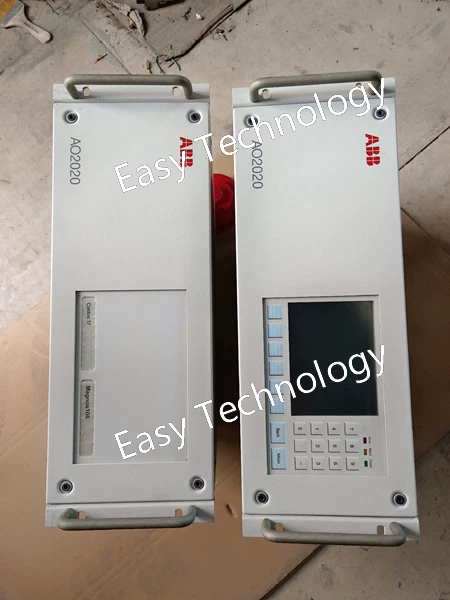1. Analysis of technical specifications Power supply and voltage adaptability Input range: support 100 – 240VAC (± 15% to + 10%), frequency of 50 – 60Hz (± 3Hz), ensure stable operation within a wide voltage range, and adapt to power grid fluctuations in different regions. Power consumption: The power consumption of the single-channel model is about 40 VA, and that of the dual-channel model is about 70 VA, which meets the requirements of energy saving. Environmental adaptability Operating temperature: -10 ℃ to + 45 ℃, suitable for a variety of industrial environments, including high or low temperature scenarios. Protection design: waterproof and anti-corrosion materials are used to measure acidic or corrosive mixed gases and prolong the service life of equipment.Measurement accuracy and range accuracy: The measurement accuracy is up to ± 1% FS (full scale), the repeatability is ± 0.05% FS, and the linearity is ± 1% FS to ensure data reliability. Component coverage: measurable gas components include SO2, O2, CO, CO2, NO, etc. Some models support simultaneous monitoring of multiple components. Range flexibility: Multi-range options are available, such as CO: 0-10 ppm, CO2: 0-5 ppm, to adapt to different concentration scenarios.Signal output and response analog output: Provide DC4-20mA analog output, load capacity up to 750Ω, compatible with most control systems. Response speed: dynamic response T90 time is less than 2 seconds to ensure rapid detection of gas concentration changes. Physical characteristics Dimensions and weight: The overall dimensions are 400 mm X 300 mm, and the weight is between 7-21 kg depending on the configuration, which is convenient for integration into the cabinet or field installation.


